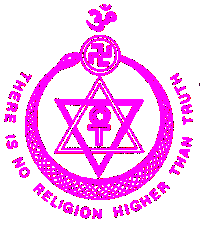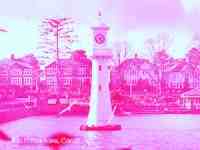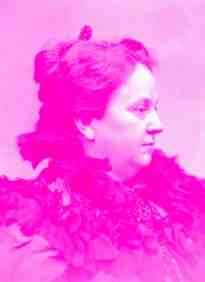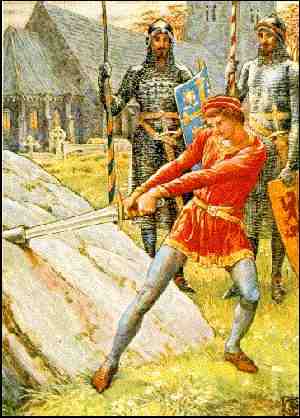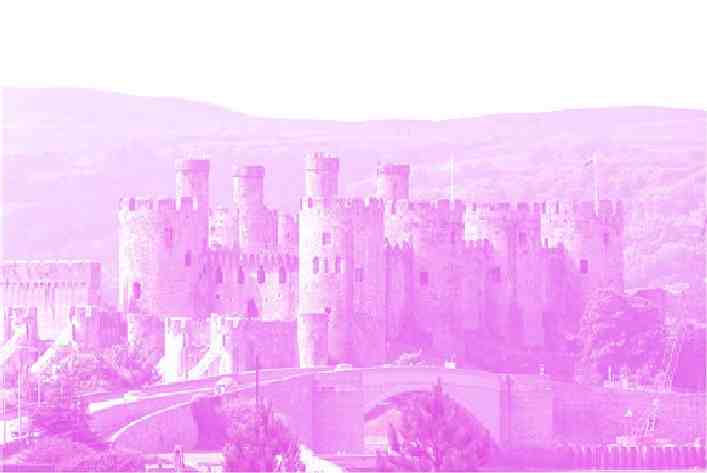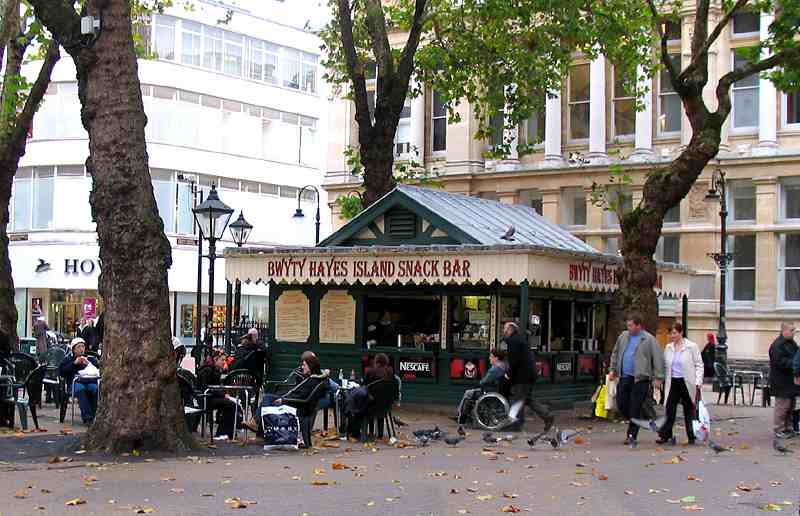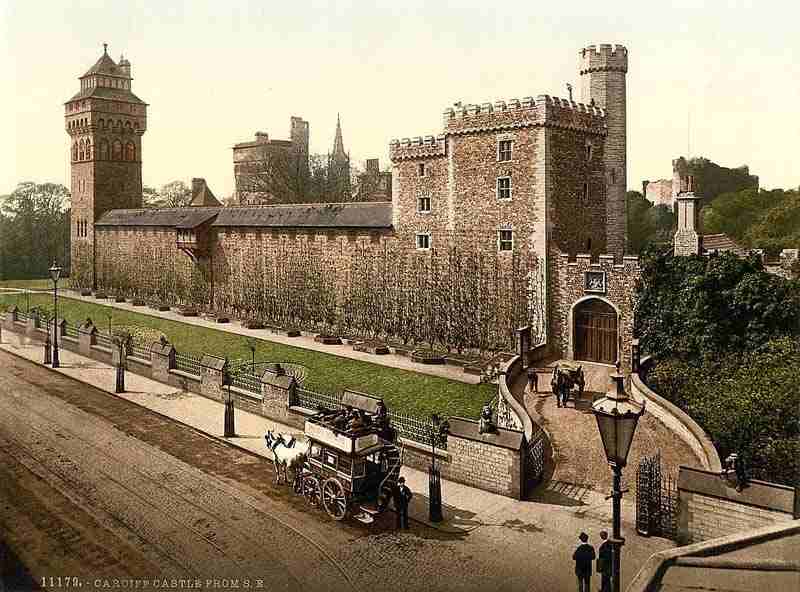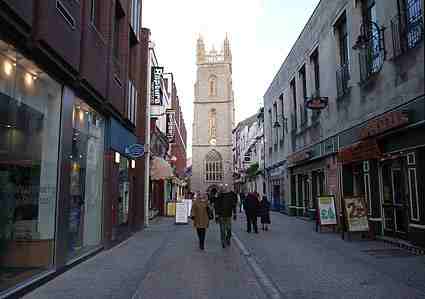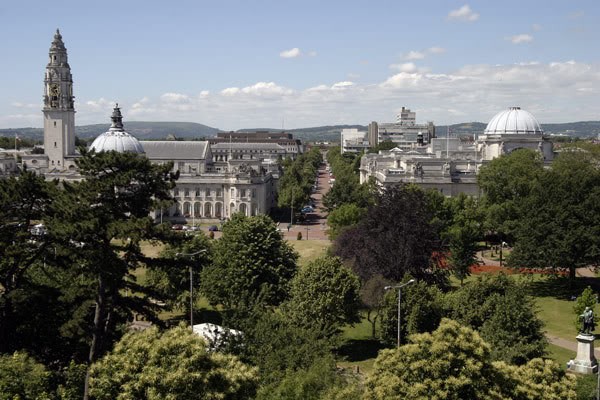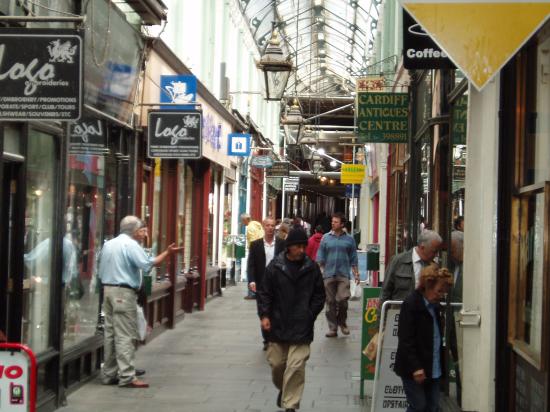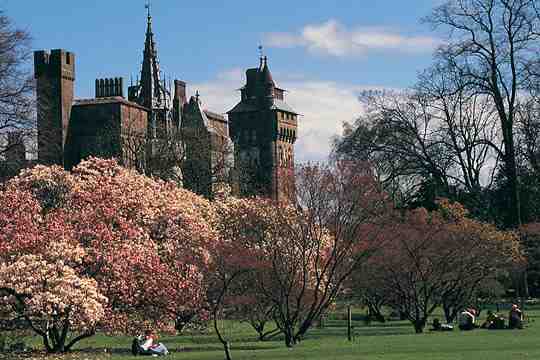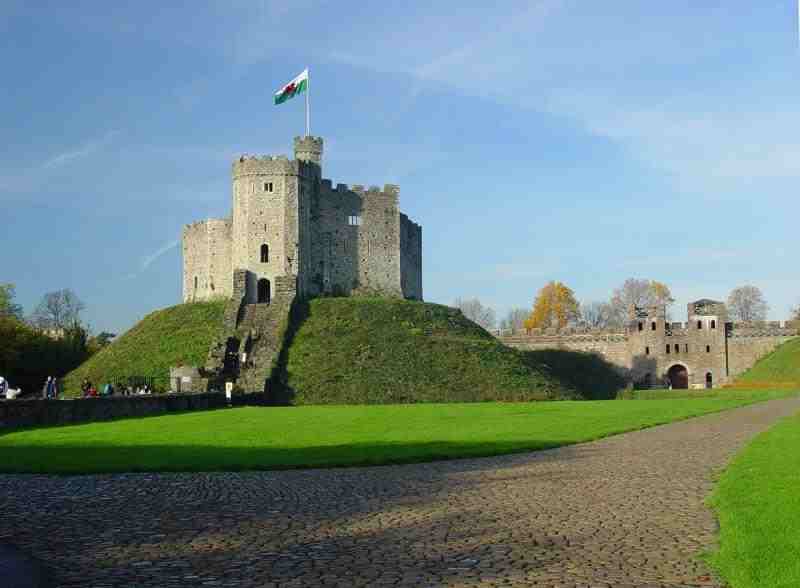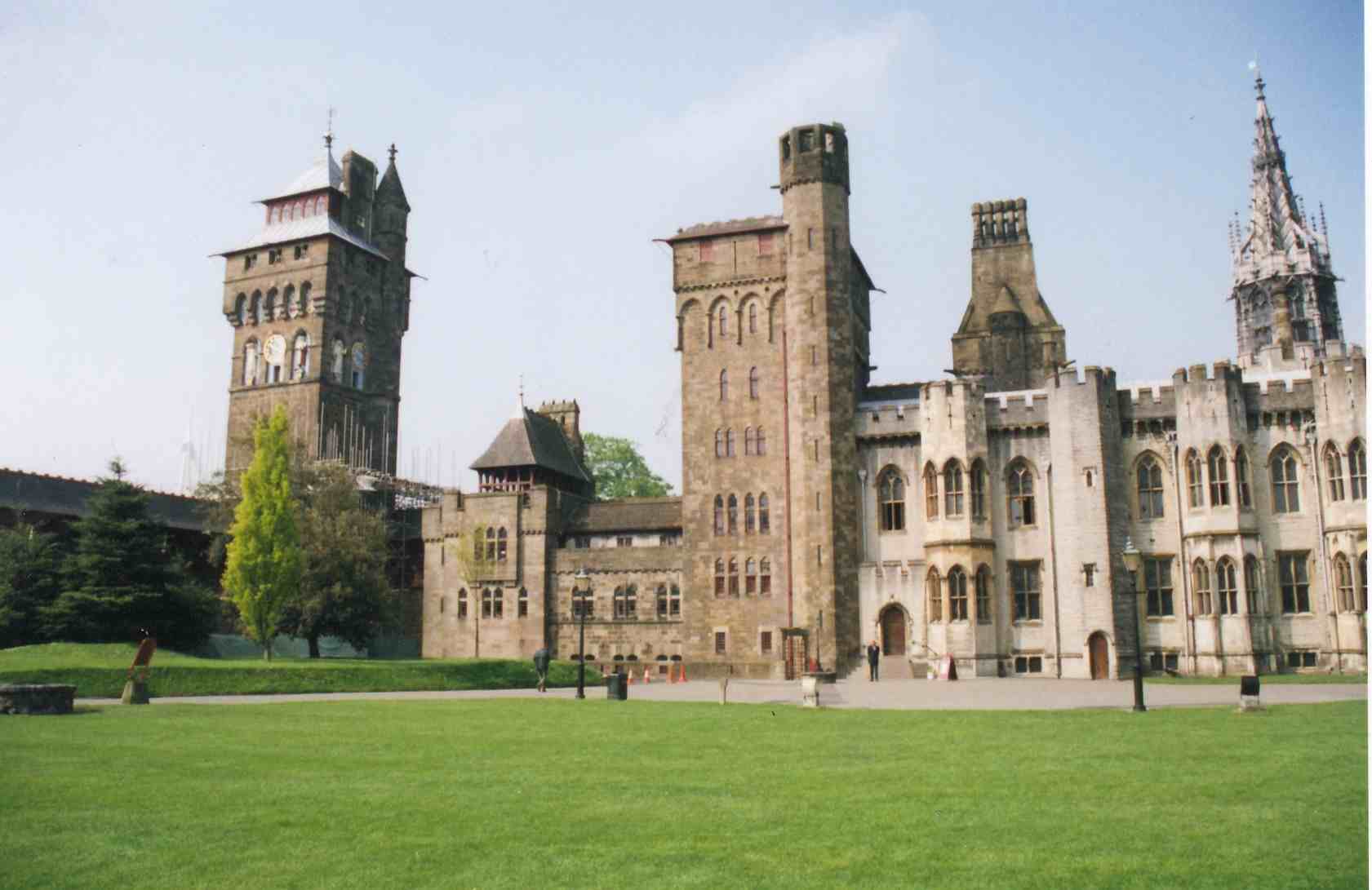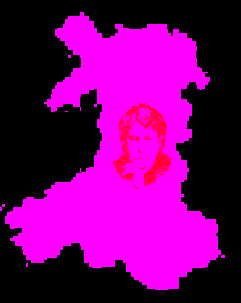The Scott Memorial,
A familiar
Theosophy
an outstanding introductory work on
Theosophy by a Student of Katherine Tingley entitled “Elementary
Theosophy”
Katherine Tingley
1847 – 1929
Founder & President of the
Point Loma Theosophical Society 1896
-1929
She and her students produced a series
of informative
Theosophical works in the early years of
the 20th century
ELEMENTARY
By
A Student of Katherine Tingley
Chapter 7
The Seven
in
Man and
Nature
When, as children, we begin our study of science, we are told that
matter exists in three states: solid, liquid and gaseous. That does very well
as a first step.
In the same way the student of Theosophy will begin by Paul's division
of human nature into body, soul and spirit.
But in both cases, as soon as we come close to the subject, we find that
the three will not do, will not carry us far beyond the threshold of our study.
Human nature, and nature without, are alike sevenfold. The number seven
runs across the pattern in every direction. Science knows of many sevens, but
she has not yet learned to regard seven as a sort of abstract map by means of
which she could walk much faster in every field of investigation. For ages,
Theosophy has known it to be one of the keys to which the universe is tuned.
Let us study it first in the nature which is outside us.
The finest particles of ordinary matter are called molecules. Sometimes
these fly free from each other; that we call the gaseous state of matter. But
short of that entire freedom there is the liquid state, where the molecules
move readily around each other, but remain in closer contact.
And thirdly there is the solid state. But of this there are two
divisions, the crystalline and the colloid or gelatinous. And again, of the
colloid there are two conditions, living and not living. The flesh of man and
animals and the growing tissues of plants are composed of living colloid.
In all these states matter is molecular, exists as molecules. But under
certain conditions the molecules break up into the still smaller particles
called atoms. We then have atomic matter, said to constitute one of the sets of
rays emitted by radium.
And again, the atoms themselves may break up into the still finer
particles called corpuscles or electrons. These constitute still another set of
rays.
So from this point of view the seven states of matter are:
Corpuscular
or subatomic
Atomic
Gaseous
Liquid
Living
Colloid
Inanimate
Colloid
Crystalline
with numbers 3 through 7 being molecular.
But the seven runs across nature in another way. A famous Russian
chemist found that if all the elements known to chemistry were arranged one
after another in the order of their atomic weights, beginning with the lightest,
the eighth, fifteenth, twenty-second, and so on, had similar properties to the
first; the ninth, sixteenth, and so on, to the second. Thus it became clear
that there was a natural arrangement of all the chemical elements into seven
great families. The seven notes of the musical scale, and the seven colors of
the prismatic scale, are of course familiar to every one.
In respect to motion, the American mathematician Southwell, dealing with
the nebular theory, has also worked out a natural seven which he thus states:
If two masses are moving in the same plane and at the same mean distance
from the sun and are situated at an angular distance greater than 60° and less
than 180° from each other, as viewed from the sun, their mutual perturbations
will cause them to approach each other until the distance becomes equal to 60°.
But if they are nearer than 60° to each other,
their mutual perturbations will cause them to recede from each other
until their distance apart becomes equal to 60°; and they will always remain in
a condition of stable equilibrium at that distance apart, and will revolve
around the sun forever free from mutual disturbance.
Sixty degrees is of course a sixth of a circle, which with the
controlling center occupied by the sun, gives the seven.
Theosophy goes further than any of this. To the higher students it is
shown that one form of matter which, as we have seen, exists in seven states,
is itself the seventh of a greater series. And that that white light (white to
our vision) which breaks up into our seven colors, is itself a member of a set
of seven lights, none really white, but standing to ultimate light as one of
our spectrum colors stands to the light we call white.
But here we are of course far beyond the realm of present human senses.
Yet in the course of special training, and much more slowly, yet inevitably,
for us all in the normal course of our evolution, all these scales will become
evident to us.
Theosophy also concurs with the proverb which gives man seven senses,
two of which in most people are almost inactive, dealing with finer forms and
essences.
Some idea of the sixth of these may be gained from a study of the life
of the woman known as the Seeress of Prevorst. In her, however, it was abnormally
and prematurely unveiled by a peculiar form of ill-health.
Man as a part of greater nature must of course exhibit the seven in many
ways. Most obvious of the seven is of course one's body, called in Theosophy by
the
Sanskrit word sthula-sarira. But within it is another, made of
altogether subtler matter, the astral model-body or linga-sarira. And it is
because of the presence of this other, which is, as it were, a sort of
architect's plan, that the millions of separate cells are able to arrange themselves
in harmony, to form coherent organs, and to assume separate forms for the
discharge of separate kinds of work. It is this which translates latent life,
omnipresent in space, into life or prana, adapted for the use of the cells.
Shortly after death its remains are occasionally visible as the spook of so
many ghost stories.
Here then we have three of the human principles the visible body, the
subtler architect's plan body, and the vital force. The last Theosophy,
disagreeing on this point with current physiology, teaches to be a form of
energy peculiar to itself.
Let us note now, for the fourth principle, that by body Paul meant the
animal desires of the body or kama-rupa. These, in too many cases, dominate the
man.
But if he would be really man, would really show himself to be a soul,
he must reverse that. It is through thought that he begins to establish himself
as a man. Mind or manas is the fifth of the human principles. Animals show the
first traces of it, but they cannot even begin that inquiry which seeks an
answer to the question, What am I? They are living units, and inwardly
indestructible; but they are not yet self-conscious souls.
The sixth principle or buddhi, is the crown of mind, that department of
man's conscious nature from which come the inspirations of genius.
Towards it ascend in their highest moments the musician, the poet, the
artist. It is the soul in its own essentially spiritual nature. What it knows
and feels when it is there, what it sees of divine truth, it must as far as
possible bring down to the mind for expression on earth. Much is necessarily
lost on the way. We all know that there are things which we feel but to which
we can give no expression.
Lastly, the highest of the seven is spirit or atma, that which sustains
all the rest and is their life; that which may be felt and known in the heart,
but whose being is inexpressible in any kind of language. All the religious
wars and quarrels that have ever rent mankind have come from attempts to
dogmatize in words and terms about this indescribable presence and sustainer.
Theosophy as a whole, says H. P. Blavatsky, is based absolutely on the
ubiquitous presence of God, the Absolute Deity; and if it itself is not
speculated upon, as being too sacred and yet incomprehensible as a unit to the
finite intellect, yet the entire philosophy is based upon its divine powers as
being the source of all that lives and breathes and has its existence. Man,
however, is not limited to his finite intellect, the fifth of his seventh. He can
know with another faculty which to intellect is unknowable, that which by
language is inexpressible.
The path to this knowledge lies through aspiration renewed from day to
day, meditation, duty, compassion towards all that lives, self-mastery, and study.
For more info on Theosophy
Try these
Cardiff
Theosophical Society meetings are informal
and there’s always a cup of tea afterwards
The Cardiff Theosophical Society Website
The National Wales Theosophy Website
Theosophy Cardiff’s Instant Guide
One liners and quick explanations
H P Blavatsky is usually the only
Theosophist that most people have ever
heard of. Let’s put that right
The Voice of the Silence Website
Dave’s
Streetwise Theosophy Boards
If you run a Theosophy Study Group,
please feel free to use any material
on this site
If you run a
Theosophy Group you can use
this as an
introductory handout
It’s all “water
under the bridge” but everything you do
makes an imprint
on the Space-Time Continuum.
An Independent Theosophical Republic
Links to Free Online Theosophy
Study Resources; Courses, Writings,
The main criteria
for the inclusion of
links on this
site is that they have some
relationship
(however tenuous) to Theosophy
and are
lightweight, amusing or entertaining.
Topics include
Quantum Theory and Socks,
Dick Dastardly and Legendary Blues Singers.
Lentil burgers, a
thousand press ups before breakfast and
the daily 25 mile
run may put it off for a while but death
seems to get most
of us in the end. We are pleased to
present for your
consideration, a definitive work on the
subject by a
Student of Katherine Tingley entitled
This is for everyone, you don’t have to live
in Wales to make good use of this Website
The Seven Principles of Man
By
Annie Besant
No
Aardvarks were harmed in the
The Spiritual Home of Urban Theosophy
The Earth Base for Evolutionary Theosophy
Reincarnation
This
guide has been included in response
to the
number of enquiries we receive on this
subject
at Cardiff
Theosophical Society
From A Textbook
of Theosophy By C W Leadbeater
How We Remember our Past Lives
Life after Death & Reincarnation
The
Slaughter of the
a
great demand by the public for lectures on Reincarnation
Classic Introductory Theosophy Text
A Text Book of Theosophy
By C
What Theosophy Is From the Absolute to Man
The Formation of a Solar System The Evolution of Life
The Constitution of Man After Death
Reincarnation
The Purpose of Life The Planetary Chains
The Result of Theosophical Study
The Occult World
By
Alfred Percy Sinnett
The Occult World is an treatise on the
Occult and Occult Phenomena, presented
in
readable style, by an early giant of
the Theosophical Movement.
Preface to the American Edition Introduction
Occultism and its Adepts The Theosophical Society
First Occult Experiences Teachings of Occult Philosophy
Later Occult Phenomena Appendix
by
Annie
Besant
THE PHYSICAL
PLANE THE ASTRAL PLANE
KÂMALOKA THE MENTAL PLANE DEVACHAN
THE BUDDHIC AND
NIRVANIC PLANES
THE THREE KINDS OF KARMA COLLECTIVE KARMA
THE LAW OF
SACRIFICE MAN'S ASCENT
______________________
Annie Besant Visits Cardiff 1924
National Wales
Centre for Theosophy
Blavatsky Wales
Theosophy Group
Selection of H P Blavatsky’s Writings
Theosophy Birmingham (England)
The Birmingham Annie Besant Lodge
Llanfairfechan Theosophy Audio
A Theosophical YouTube channel
Llanfairfechan is on the North Wales Coast between Bangor
& Conwy
The
Magazine of the Theosophical Society in England
Editor; Susan Bayliss sbayliss@theosoc.org.uk
We can learn something from these guys
(The universe exists for a while and then sort of
doesn’t)
Outline of the Creation Process
There is no Dead Matter in the Universe
The Divine Spark in Everything
The 10 rungs on the Ladder of Life
The Sevenfold Constitution of Man
Yes, we all operate at 7 levels
(or shouldn’t be)
(You do take some things with you but sadly not your
money)
(The Energy Driving the Universe)
We haven’t always looked like this
H P Blavatsky is usually the only Theosophist most
people have ever heard of. Let’s put that right.
on Dave’s Streetwise Theosophy Boards
Tekels Park to be Sold to a Developer
Concerns about
the fate of the wildlife as
Tekels Park is to be Sold to a
Developer
Concerns are raised about the fate of
the wildlife as
The Spiritual Retreat, Tekels Park in
Camberley,
Surrey, England is to be sold to a
developer.
Tekels Park is a
50 acre woodland park, purchased
for the Adyar Theosophical Society in England
in 1929.
In addition to
concern about the park, many are
worried about the future of the Tekels Park
Deer
as they are not a
protected species.
Confusion as the
Theoversity moves out of
Tekels Park to Southampton,
Glastonbury &
Chorley in Lancashire while the
leadership claim
that the Theosophical Society will
carry on using
Tekels Park despite its sale to a developer
Anyone planning a
“Spiritual” stay at the
Tekels Park Guest
House should be aware of the sale.
Tekels Park & the Loch Ness Monster
A Satirical view
of the sale of Tekels Park
in Camberley,
Surrey to a developer
The Toff’s Guide to the Sale of Tekels Park
What the men in
top hats have to
say about the
sale of Tekels Park
________________________
The Theosophy
The Theosophy Cardiff Guide to
The Theosophy Cardiff Guide to
The Theosophy Cardiff Guide to
The Terraced Maze of Glastonbury Tor
Glastonbury and
Joseph of Arimathea
The Grave of King Arthur & Guinevere
Views of Glastonbury High Street
The Theosophy Cardiff Guide to
Guide to the
Theosophy
Arthur draws the Sword from the Stone
The Knights of The Round Table
The Roman Amphitheatre at Caerleon,
Eamont Bridge, Nr Penrith, Cumbria, England.
Geoffrey of Monmouth
(History of the Kings of Britain)
The reliabilty of this work has long been a subject of
debate but it is the first definitive account of Arthur’s
Reign
and one which puts Arthur in a historcal context.
and his version’s political agenda
According to Geoffrey of Monmouth
The first written mention of Arthur as a heroic figure
The British leader who fought twelve battles
King Arthur’s ninth victory at
The Battle of the City of the Legion
King Arthur ambushes an advancing Saxon
army then defeats them at Liddington Castle,
Badbury, Near Swindon, Wiltshire, England.
King Arthur’s twelfth and last victory against the Saxons
Traditionally Arthur’s last battle in which he was
mortally wounded although his side went on to win
No contemporary writings or accounts of his life
but he is placed 50 to 100 years after the accepted
King Arthur period. He refers to Arthur in his inspiring
poems but the earliest written record of these dates
from over three hundred years after Taliesin’s death.
Pendragon Castle
Mallerstang Valley, Nr Kirkby Stephen,
A 12th Century Norman ruin on the site of what is
reputed to have been a stronghold of Uther Pendragon
From
wise child with no earthly father to
Megastar
of Arthurian Legend
History of the Kings of Britain
Drawn from the Stone or received from the Lady of the Lake.
Sir Thomas Malory’s Le Morte d’Arthur has both versions
with both swords called Excalibur. Other versions
5th & 6th Century Timeline of Britain
From the departure of the Romans from
Britain to the establishment of sizeable
Anglo-Saxon Kingdoms
Glossary of
Arthur’s uncle:- The puppet ruler of the Britons
controlled and eventually killed by Vortigern
Amesbury, Wiltshire, England. Circa 450CE
An alleged massacre of Celtic Nobility by the Saxons
History of the Kings of Britain
Athrwys / Arthrwys
King of Ergyng
Circa 618 - 655 CE
Latin: Artorius; English: Arthur
A warrior King born in Gwent and associated with
Caerleon, a possible Camelot. Although over 100 years
later that the accepted Arthur period, the exploits of
Athrwys may have contributed to the King Arthur Legend.
He became King of Ergyng, a kingdom between
Gwent and Brycheiniog (Brecon)
Angles under Ida seized the Celtic Kingdom of
Bernaccia in North East England in 547 CE forcing
Although much later than the accepted King Arthur
period, the events of Morgan Bulc’s 50 year campaign
to regain his kingdom may have contributed to
Old Welsh: Guorthigirn;
Anglo-Saxon: Wyrtgeorn;
Breton: Gurthiern; Modern Welsh; Gwrtheyrn;
*********************************
An earlier ruler than King Arthur and not a heroic figure.
He is credited with policies that weakened Celtic Britain
to a point from which it never recovered.
Although there are no contemporary accounts of
his rule, there is more written evidence for his
existence than of King Arthur.
How Sir Lancelot slew two giants,
From Sir Thomas Malory’s Le Morte d’Arthur
How Sir Lancelot rode disguised
in Sir Kay's harness, and how he
From Sir Thomas Malory’s Le Morte d’Arthur
How Sir Lancelot jousted against
four knights of the Round Table,
From Sir Thomas Malory’s Le Morte d’Arthur
Quick Explanations with Links to More Detailed Info
What is Theosophy ? Theosophy Defined (More Detail)
Three Fundamental Propositions Key Concepts of Theosophy
Cosmogenesis Anthropogenesis Root Races
Ascended Masters After Death States
The Seven Principles of Man Karma
Reincarnation Helena Petrovna Blavatsky
Colonel Henry Steel Olcott William Quan Judge
The Start of the Theosophical
Society
History of the Theosophical
Society
Theosophical Society Presidents
History of the Theosophical
Society in Wales
The Three Objectives of the
Theosophical Society
Explanation of the Theosophical
Society Emblem
The Theosophical Order of
Service (TOS)
Glossaries of Theosophical Terms
Index of Searchable
Full Text Versions of
Definitive
Theosophical Works
H P Blavatsky’s Secret Doctrine
Isis Unveiled by H P Blavatsky
H P Blavatsky’s Esoteric Glossary
Mahatma Letters to A P Sinnett 1 - 25
A Modern Revival of Ancient Wisdom
(Selection of Articles by H P Blavatsky)
The Secret Doctrine – Volume 3
A compilation of H P Blavatsky’s
writings published after her death
Esoteric Christianity or the Lesser Mysteries
The Early Teachings of The Masters
A Collection of Fugitive Fragments
Fundamentals of the Esoteric Philosophy
Mystical,
Philosophical, Theosophical, Historical
and Scientific
Essays Selected from "The Theosophist"
Edited by George
Robert Stow Mead
From Talks on the Path of Occultism - Vol. II
In the Twilight”
Series of Articles
The In the
Twilight” series appeared during
1898 in The
Theosophical Review and
from 1909-1913 in The Theosophist.
compiled from
information supplied by
her relatives and friends and edited by A P Sinnett
Letters and
Talks on Theosophy and the Theosophical Life
Obras Teosoficas En Espanol
Theosophische Schriften Auf Deutsch
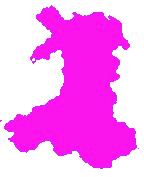
General pages about Wales, Welsh History
and The History of Theosophy in Wales
Conwy Castle on
the North Wales Coast
Wales is a
Principality within the United Kingdom and
has an eastern
border with England.
The land area is
just over 8,000 square miles.
Snowdon in North
Wales is the highest mountain at 3,650 feet.
The coastline is
almost 750 miles long.
The population of Wales as at the 2001 census is 2,946,200.
Try these if you don’t live in
and are looking for a
Local Theosophy Group or Centre
UK Listing of Theosophical Groups
____________________________
___________________________
Cardiff
Theosophical Society in Wales
Cardiff, Wales, UK. CF24 – 1DL
_____________________________
Cardiff Picture Gallery
The Hayes Cafe
Outside
Royal
The Original Norman Castle which stands
inside
the Grounds of the later
Inside the Grounds at
Wales Theosophy Links Summary
All Wales
Guide to Theosophy Instant
Guide to Theosophy
Theosophy
Wales Hornet Theosophy
Wales Now
Cardiff
Theosophical Archive Elementary
Theosophy
Basic
Theosophy Theosophy
in Cardiff
Theosophy in Wales Hey Look! Theosophy in Cardiff
Streetwise
Theosophy Grand
Tour
Theosophy
Aardvark Theosophy
Starts Here
Cardiff
Theosophical Society in Wales
